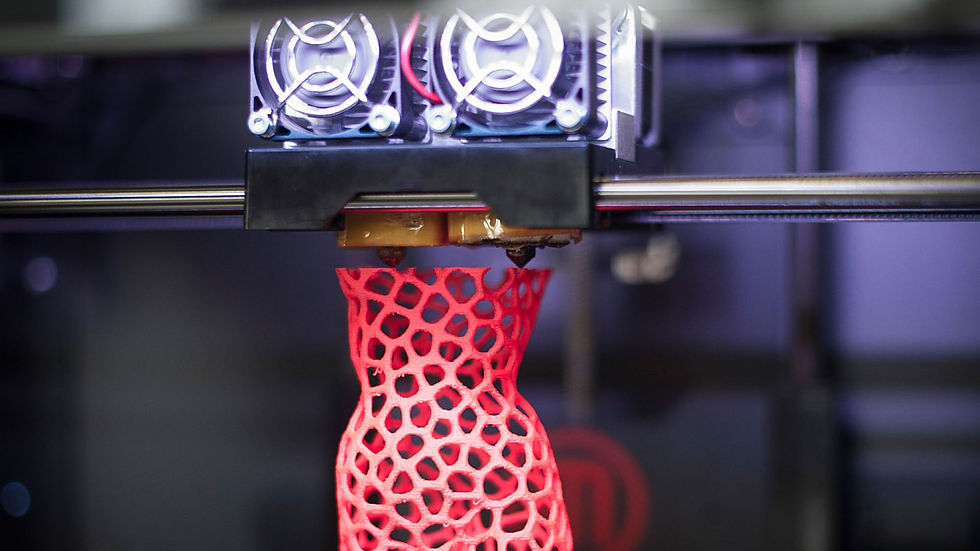Mass Communication-Special Issue "Advances in Drone Communications, State-of-the-Art and Archit
- Vishal Sharma
- Oct 30, 2020
- 3 min read

Special Issue Information
Unmanned Aerial Vehicles (UAV), or drone communication, are emerging areas of research that can be utilized in military or civilian domains. Drone communication maintains connections between drones and a ground station with an adequate data rate for fortifying real-time transmissions. Infrastructure for UAV communications must ascertain a high throughput, elongated range and enhanced coverage. Drones can be configured to provide services cooperatively and elongate the coverage network by acting as relays in traditional networks. The degree of mobility of a drone depends on the application and its flying configurations. The maneuverability of drones offers incipient opportunities for performance enhancement through dynamic adjustment of its states to best suit the communication environment. Currently, drone evolution is fortifying industries, ranging from agriculture to filmmaking. According to an incipient study by PricewaterhouseCoopers (PwC) press news on the commercial applications of drone technology, the emerging ecumenical market for business accommodations utilizing drones is valued at over $127 billion. At a glance, some aspects of the architectural design of existing drone communications would not be opportune. Drones may move with varying speeds depending on the application, this would cause quandaries of link distortions. Thus, for an efficacious communication, the implementation of an efficient routing protocol is required. However, the next challenge would then be to route the packet from a source to a destination while optimizing the path. There is additionally a desideratum for ways of conserving energy of energy-starved drones for enhancing the lifetime of the network. Control signals for drone operations should not cause latency or overheads while utilizing a shared spectrum. The effective utilization of spectrum leads to high data rates for transmitting content over a drone network. Current solutions accentuation on the perpetual communications between drones and ground control stations, as well as provide a data link for transmitting captured information, such as image and video files.
Drones are playing a consequential role in distributing critical information at the edge of the network and, additionally, auxiliary for deploying Long-Term Evolution (LTE) networks in remote locations. In recent works, many researchers have fixated on the various aspects of drones communications. However, the development of robust, high-capacity communication systems is a crucial challenge. The field of drone communication and networking will grow in the future and drones will become ever-more numerous in our skies. This Special Issue aims to assemble current and state-of-the-art research and future directions for drone communications, as well as their role in subsisting cellular setups. The topics cognate to this Special Issue include, but are not limited to:
Coverage analysis of drone communication system
Cooperative network formations for single and multi-drone systems
Routing protocols for drone networks
Cooperative Rendezvous for secure drone to drone communications
Indoor-navigation and urban surveillance through drones
Network architecture for cloud of drones
Ultra-reliable communication for drone networks
Experimental results, middleware, architecture, prototypes, simulators and test beds for drone networks
Mutual task allocations for drones in urban scenarios
Secure communication between the drone and the ground networks
Manuscripts should be submitted online at www.mdpi.com by registering and logging in to this website. Once you are registered, click here to go to the submission form. Manuscripts can be submitted until the deadline. All papers will be peer-reviewed. Accepted papers will be published continuously in the journal (as soon as accepted) and will be listed together on the special issue website. Research articles, review articles as well as short communications are invited. For planned papers, a title and short abstract (about 100 words) can be sent to the Editorial Office for announcement on this website.
Submitted manuscripts should not have been published previously, nor be under consideration for publication elsewhere (except conference proceedings papers). All manuscripts are thoroughly refereed through a single-blind peer-review process. A guide for authors and other relevant information for submission of manuscripts is available on the Instructions for Authors page. Drones is an international peer-reviewed open access quarterly journal published by MDPI.
Please visit the Instructions for Authors page before submitting a manuscript. The Article Processing Charge (APC) for publication in this open access journal is 1000 CHF (Swiss Francs). Submitted papers should be well formatted and use good English. Authors may use MDPI's English editing service prior to publication or during author revisions.
Keywords
Drones
UAVs
UAV-routing
Protocols
Cooperative Rendezvous
Mutual task allocation for drones
Drone-Security
Watch this video:https://www.youtube.com/watch?v=Z5vxRC8dMvs
Drone to Drone networking





Comments